Samantha Castellanos
John A. Paulson School of Engineering and Applied Sciences
Scaling down an insect-size microrobot, HAMR-VI into HAMR-Jr
Mar 06, 2020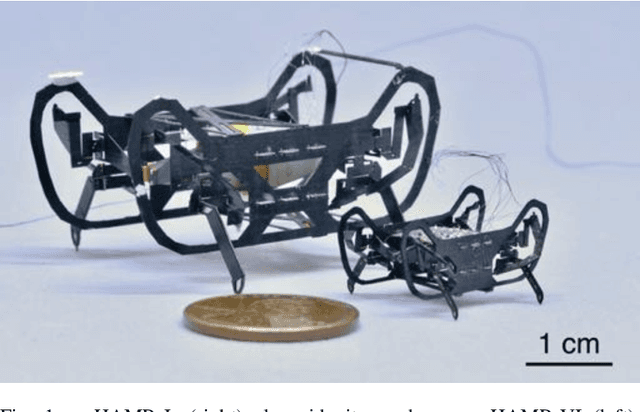
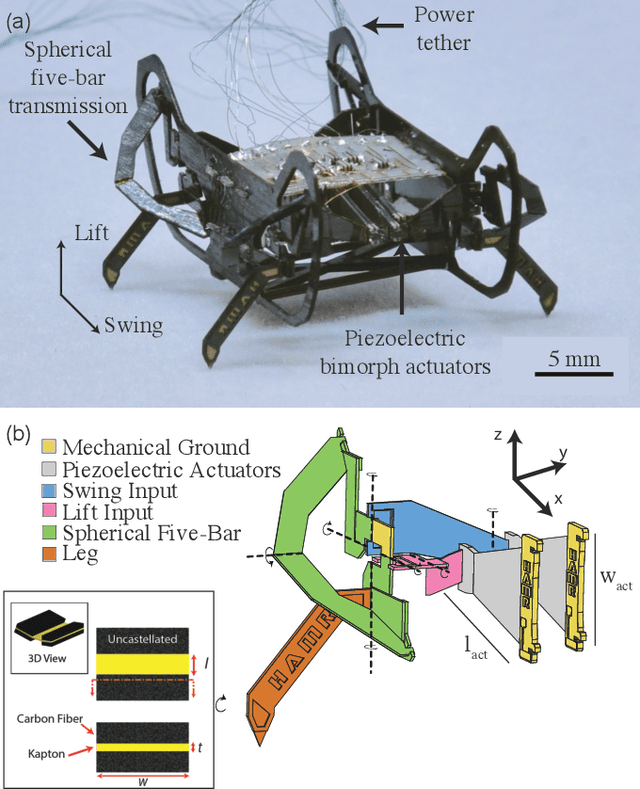
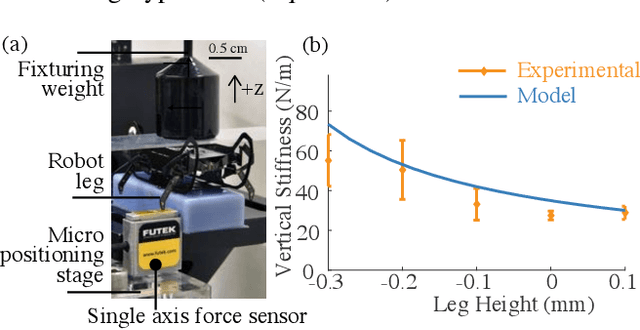
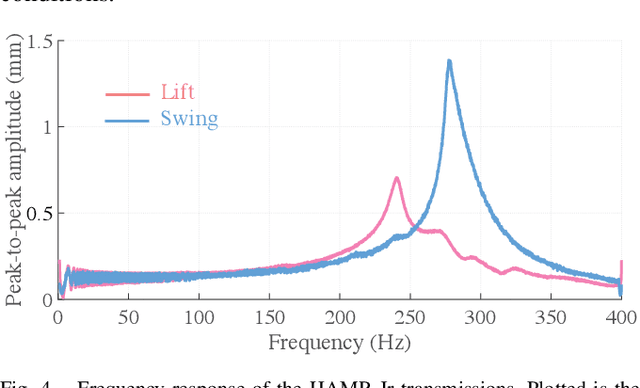
Abstract:Here we present HAMR-Jr, a \SI{22.5}{\milli\meter}, \SI{320}{\milli\gram} quadrupedal microrobot. With eight independently actuated degrees of freedom, HAMR-Jr is, to our knowledge, the most mechanically dexterous legged robot at its scale and is capable of high-speed locomotion (\SI{13.91}{bodylengths~\second^{-1}}) at a variety of stride frequencies (\SI{1}{}-\SI{200}{\hertz}) using multiple gaits. We achieved this using a design and fabrication process that is flexible, allowing scaling with minimum changes to our workflow. We further characterized HAMR-Jr's open-loop locomotion and compared it with the larger scale HAMR-VI microrobot to demonstrate the effectiveness of scaling laws in predicting running performance.
Effective Locomotion at Multiple Stride Frequencies Using Proprioceptive Feedback on a Legged Microrobot
Apr 17, 2019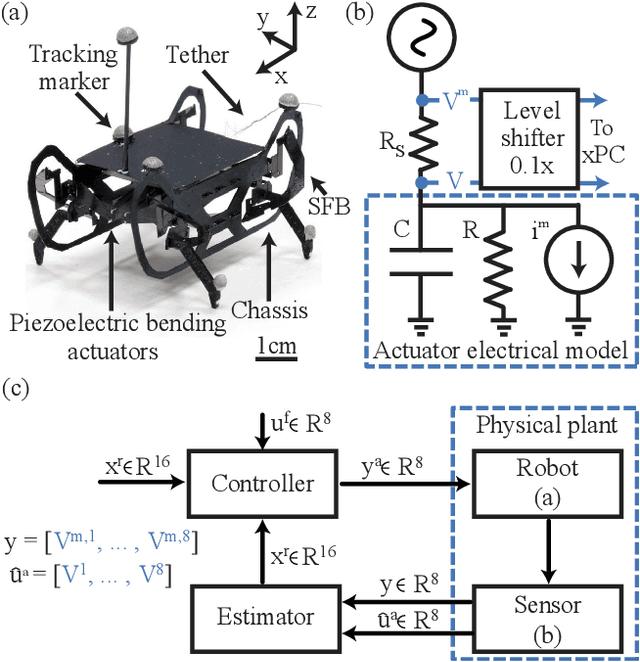


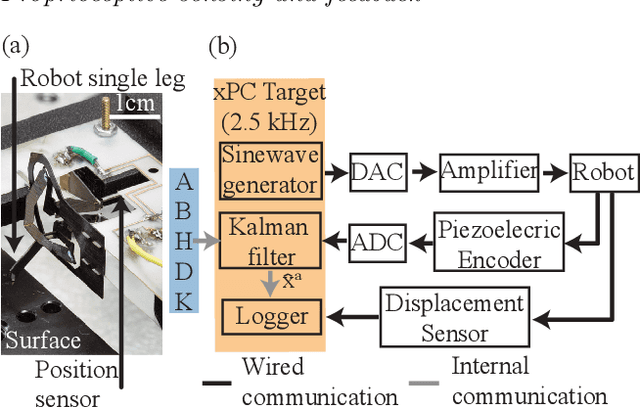
Abstract:Limitations in actuation, sensing, and computation have forced small legged robots to rely on carefully tuned, mechanically mediated leg trajectories for effective locomotion. Recent advances in manufacturing, however, have enabled the development of small legged robots capable of operation at multiple stride frequencies using multi-degree-of-freedom leg trajectories. Proprioceptive sensing and control is key to extending the capabilities of these robots to a broad range of operating conditions. In this work, we leverage concomitant sensing for piezoelectric actuation to develop a computationally efficient framework for estimation and control of leg trajectories on a quadrupedal microrobot. We demonstrate accurate position estimation ($<$16% root-mean-square error) and control ($<$16% root-mean-square tracking error) during locomotion across a wide range of stride frequencies (10-50 Hz). This capability enables the exploration of two bioinspired parametric leg trajectories designed to reduce leg slip and increase locomotion performance (e.g., speed, cost-of-transport, etc.). Using this approach, we demonstrate high performance locomotion at stride frequencies of (10-30 Hz) where the robot's natural dynamics result in poor open-loop locomotion. Furthermore, we validate the biological hypotheses that inspired the our trajectories and identify regions of highly dynamic locomotion, low cost-of-transport (3.33), and minimal leg slippage (<10%).
 Add to Chrome
Add to Chrome Add to Firefox
Add to Firefox Add to Edge
Add to Edge